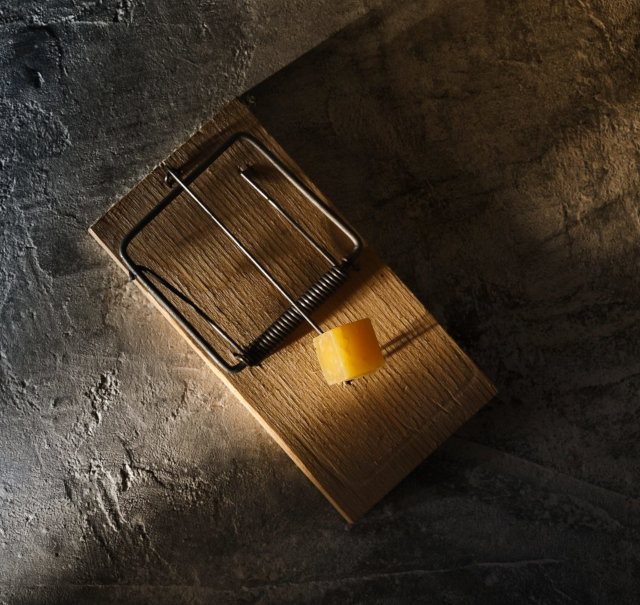Rats are very smart. Much smarter than mice. Much smarter in some cases, than humans. Rats often avoid pest control methods used by both domestic products and even commercial products. They are so intelligent that a single rat on a plane that was so difficult to catch cost the company half a million dollars in time and tickets lost. Lost to one rat that refused to be caught. Rats have been around for over sixty-six million years. They are the direct ancestor of the earliest mammals who survived the Cretaceous-tertiary Extinction that took place sixty six million years ago. This was the end of a very long era and led to the extinction of more than half the animal and plant life on earth. This was the turning point from the Cretaceous period to the Tertiary period. This tertiary period lasted to about 2.6 million years ago, the most recent extinction which rats, cockroaches and many other pests survived. This led to the Quaternary Period which is from the last mass extinction-level event to now. Surviving two mass extinctions is representative of the rat’s survivability and intelligence.

Rats have very high water content and need access to water constantly. This is one of the reasons it is very important not to let a rat die inside your walls. Poison is not to be used on rats in the interior. This will cause the rat to die and rot inside the walls which is a serious situation. The rat is not like a mouse that will eventually dry out and stop smelling. The rat will rot and continue to rot for months. It will create a stench that is foul beyond imagination and will even cause a bloodstain to come through your wall at the site. This is why all rats on the inside of a house need to either be escorted out or killed using traps. Humane capture traps are not helpful unless you plan on taking them at least a kilometre away. Snap traps are the best option for most situations but there are rules to their use. First of all, do not bait with cheese. While rats will eat anything they do not actually like cheese as a primary food group. You will get better results with dog food, peanut butter or shrimp shells that smell off. They like their food to smell potent and in a state of decomposition.
The key to using snap and kill traps is to replace them. This is expensive but it is the only way to trick the rats. Rats can smell death, not just our death but the death of other rats. They can smell the fluids on a rat trap even if it was scrubbed clean. You can leave it in bleach for a few days but the rat will still react to the smell of the trap. The only way to ensure that your traps are not questioned by the rats is to use a new one and to throw the old one away with the rat. The new trap must also be placed in a different spot from the location of the other dead rat. This is especially important on wood or any absorbent material. The rat will still smell death and avoid the trap. If you place it a foot or so away from where the other trap was it will seem benign to the rat and you will continue to get kills.

